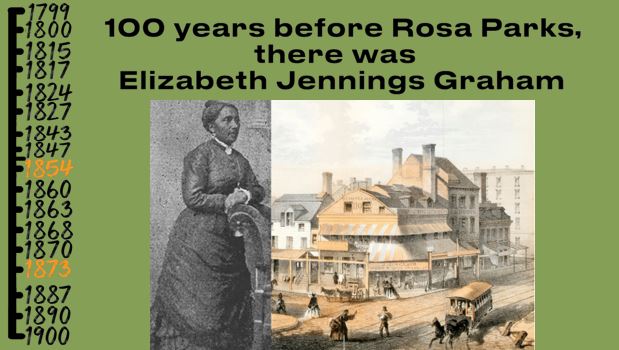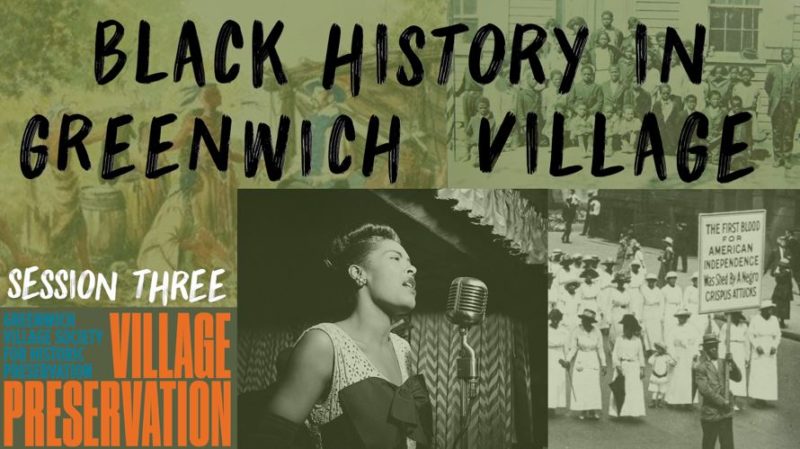
Village Preservation’s five-part course on African American history for middle school and high school students focuses on local, citywide, national, and global themes and movements. It looks at the Dutch origins of slavery in New York, its evolution under English and American rule, and its eventual abolition; how voting rights and other civil rights evolved and were won by and for African Americans in our city; the flowering of African American culture in New York and especially in Greenwich Village, and how it reflected and affected African American lives and communities; and more.
See below for examples of course material.
Email us to schedule your class today
Classes are free for qualifying schools and cost $50 per session on a sliding scale to schools that can afford to pay.
Explores the lives of Black residents in New Amsterdam and New York during the Pre-European, Dutch, English, and Colonial Periods.
Did you know that the first non-Native American resident of New York was Juan Rodriguez, a person of partial African descent who arrived here in 1613 and served as an interpreter and interlocutor for the Dutch in relations with Native Americans 11 years before New Amsterdam was founded? 
Looks at life for African Americans in our neighborhood, city, and country with the advent of abolition and the Civil War. Examines the large and important African American community in Greenwich Village in the 19th century, its institutions, and their fate. Explores how voting rights for African Americans in our city and neighborhood evolved over the 19th century — as voting rights generally evolved, and specifically for African Americans. Critical events like the Draft Riots and work of the Underground Railroad in New York and Greenwich Village are examined.
Did you know that over 100 years before Rosa Parks, a 24-year old school teacher was removed from a streetcar on her way to church in the East Village just for being Black, sparking massive protests involving leaders like Frederick Douglass, leading to the desegregation of public transit in New York in the 19th century?

This class explores the causes and results of the Great Migration, the birth and accomplishments of the NAACP, the links between art, culture and activism, and much more leading up to the Civil Rights Movement of the 1960s.
Did you know that the nation’s oldest and largest civil rights organization was founded in the Village and that many of the first national campaigns against racist lynching, voter disenfranchisement, employment and housing discrimination, and defamatory media representations were led here in the early 20th century?

This class looks at African American artists and activists in Greenwich Village and the East Village from the 1960s onward — their successes, and the discrimination and hurdles they continued to push back against.

Students will be given a list of places, spaces, buildings, and architectural
details drawn from the full Black History in Greenwich Village curriculum
to identify & photograph in a one mile radius in the central part of the village.